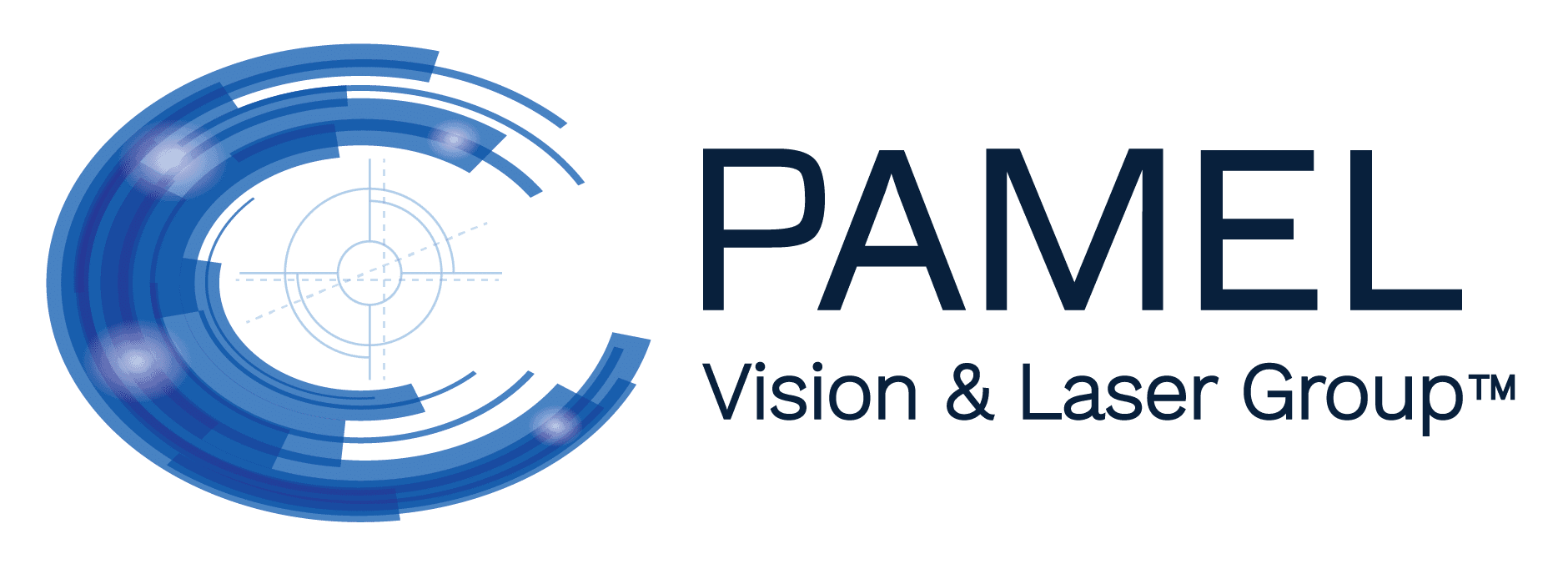Breakthrough Advances in LASIK Technology
- Posted on: Jun 29 2018

Advancing technology has transformed almost every area of medicine — laser eye surgery notwithstanding. Breakthrough advances in LASIK technology are making treatment more precise and successful, with fewer side effects, than ever before.
Below, Dr. Gregory Pamel, one of the finest New York City laser eye surgeons, discusses the evolution of LASIK surgery and the exciting developments that have taken place over the past few decades.
Original LASIK Technique
In traditional LASIK procedures, surgeons would use a surgical blade called a microkeratome to create a hinged flap on the cornea, and fold it back to access the underlying tissue. Then, the surgeon would use an excimer laser to reshape the cornea, correcting the refractive error that was causing visual problems. After the laser correction, the flap would be restored to its original position covering the cornea.
All-Laser LASIK
Traditional LASIK had (and still has) a high success rate and high patient satisfaction. But just as technology has helped other areas of medicine evolve considerably, the same can be said of LASIK surgery.
One of the most noteworthy developments in LASIK technology was the advent of the femtosecond laser. By using a laser in place of a microkeratome (surgical blade) to create the corneal flap, some of the risk of human error has been eliminated, and this stage of the procedure has become more automated and predictable. LASIK is still being performed with the femtosecond laser today; the procedure is known as All-Laser LASIK.
Wavefront-Optimized LASIK
The technological advances did not stop with All-Laser LASIK. The next exciting advance in LASIK technology was the introduction of wavefront technology, which is used to capture details about the cornea’s curvature and personalize treatment based on those details. Laser eye surgeons have compared these details to a person’s fingerprint because they are so unique.
Because wavefront-optimized LASIK is individualized to the patient’s unique corneal measurements and imperfections, it gives patients even better visual results than those that can be achieved with glasses and contact lenses. Another benefit of wavefront-optimized LASIK is that patients tend to have fewer side effects after surgery, including less glare at night and less sensitivity to lights.
Contoura™ Vision (Topography-Guided Laser Vision Correction)
As you can see, LASIK technology has come a long way. The most recent breakthrough technology to revolutionize laser eye surgery is the introduction of Contoura™ Vision, which is designed to treat higher order aberrations — the minutest imperfections of the cornea.
Dr. Pamel was one of the first surgeons in the Northeast to upgrade to this technology, which allows him to deliver unparalleled visual outcomes. Prior to treatment, the eye is analyzed and measured, and 22,000 data points are taken with the Vario corneal topographer. This information is then sent to the Wavelight excimer laser that performs the laser correction. Contoura offers results more individualized than any other LASIK procedure currently available.
Schedule a LASIK Consultation with Dr. Pamel
If you are interested in achieving independence from glasses and contact lenses, Dr. Pamel welcomes you to book an informational consultation. Please call (212) 355-2215 or email us and request an appointment.
Posted in: LASIK




